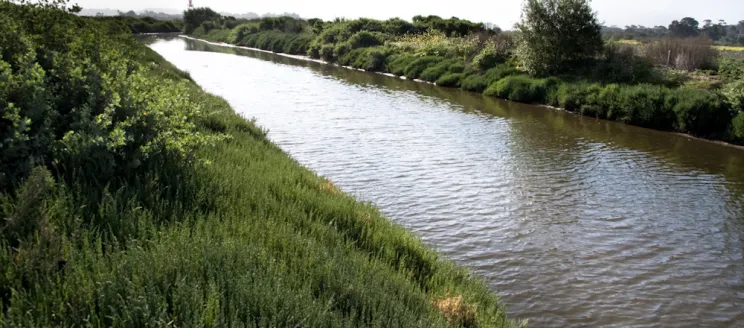"Goleta Slough is a coastal wetland located along the central coast of California, a region with high biodiversity in which many species reach their northern and southern limits. Like many tidal wetlands along the Pacific Coast, the Slough has been greatly reduced in size and function over the past two centuries through a combination of natural processes and manmade land uses. The Goleta Slough Area Sea Level Rise and Management Plan (Plan) comprises an update of previous Slough management plans and includes new detailed information and analysis of future conditions projected to occur as climate changes over the next century."
Excerpt from 2015 Goleta Slough Management Plan (http://www.goletaslough.org/)
The Goleta Slough is surrounded by various communities, including culturally significant lands and the airport. With sea level rise approaching, efforts from multiple municipalities and the public are necessary. This project proposes multiple meetings with agencies and the public to set resilience and sustainability goals and achieve them with long term collaboration. Currently, the airport is working with the Goleta Slough Managment Committee, the County of Santa Barbara, The University of California, Santa Barbara, and environmental agencies for further research and resilience strategies.




